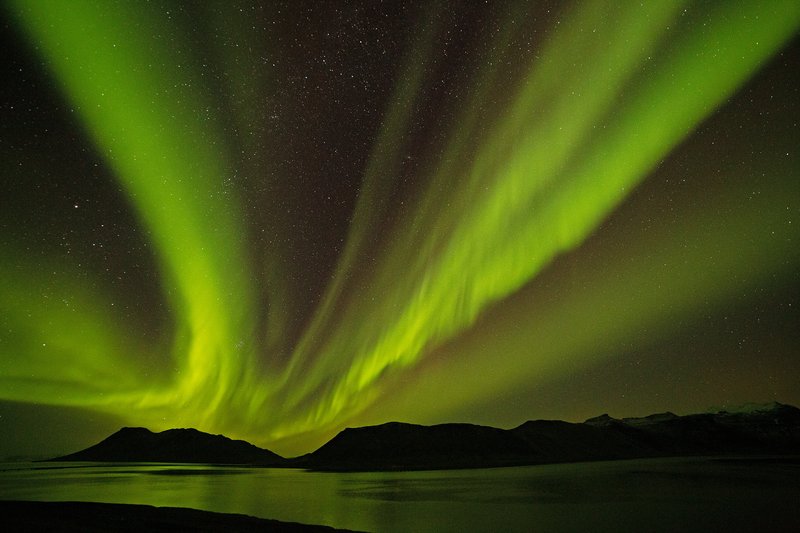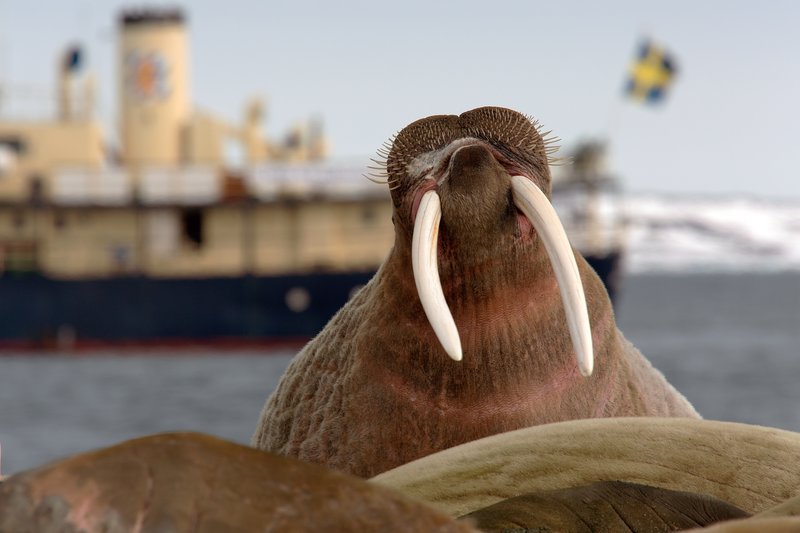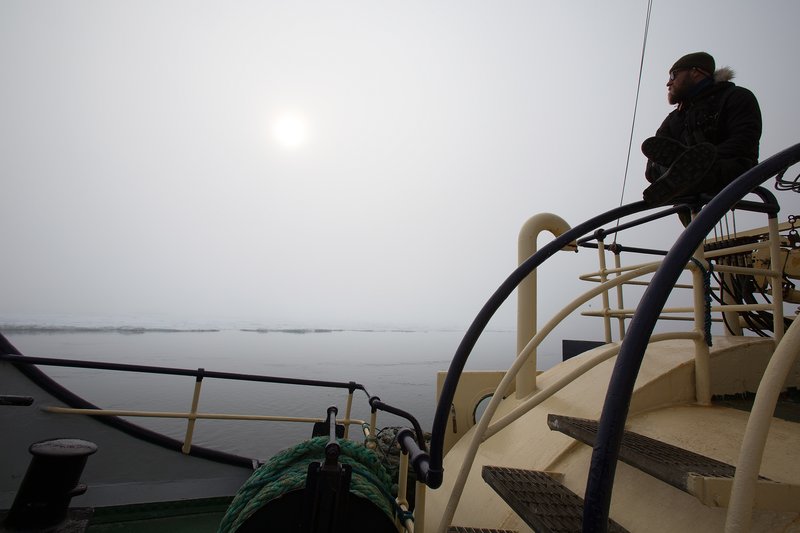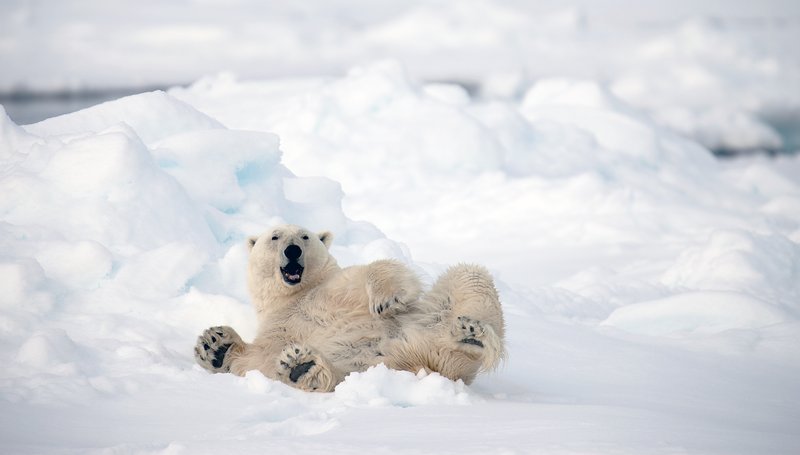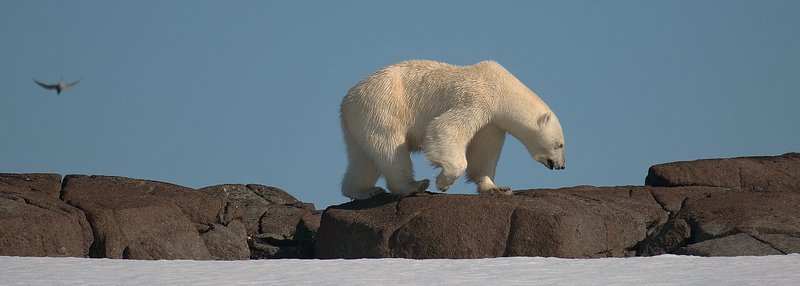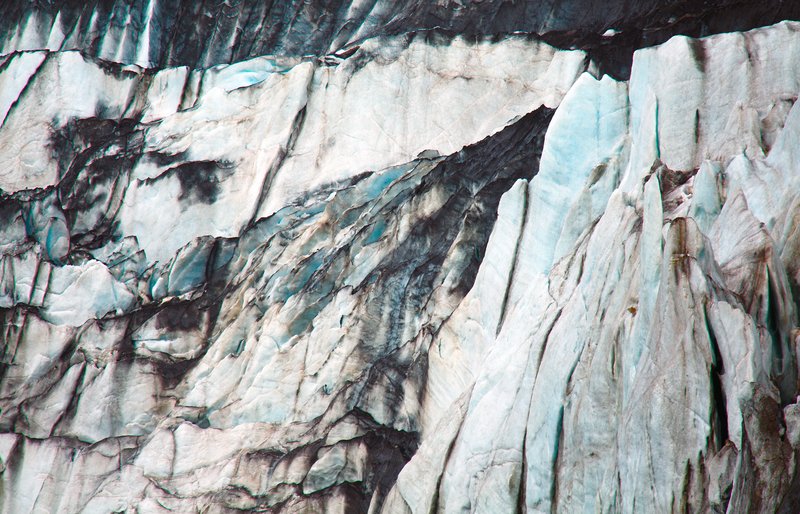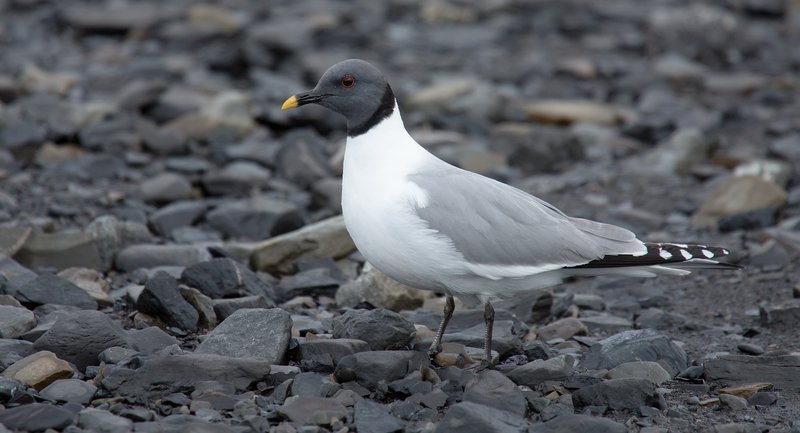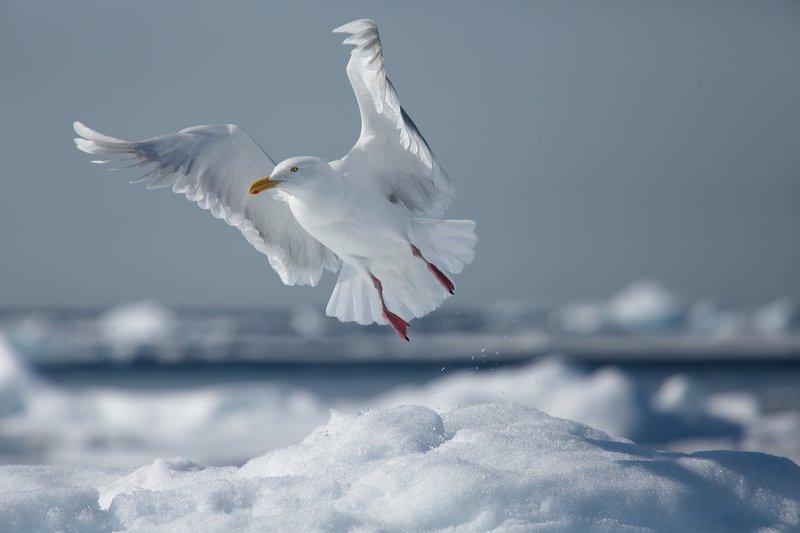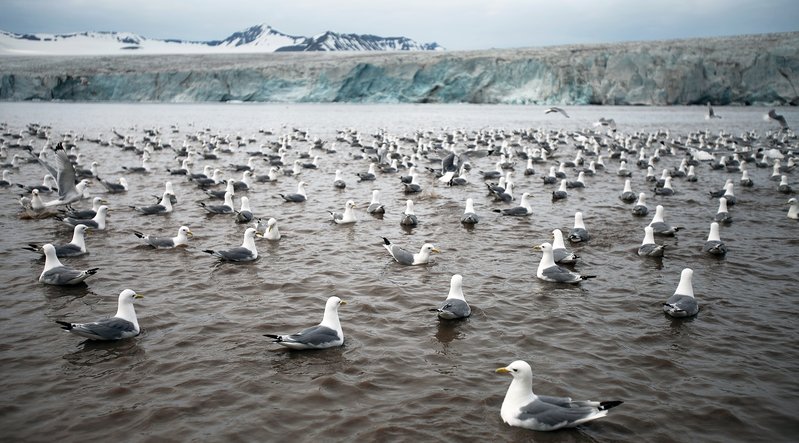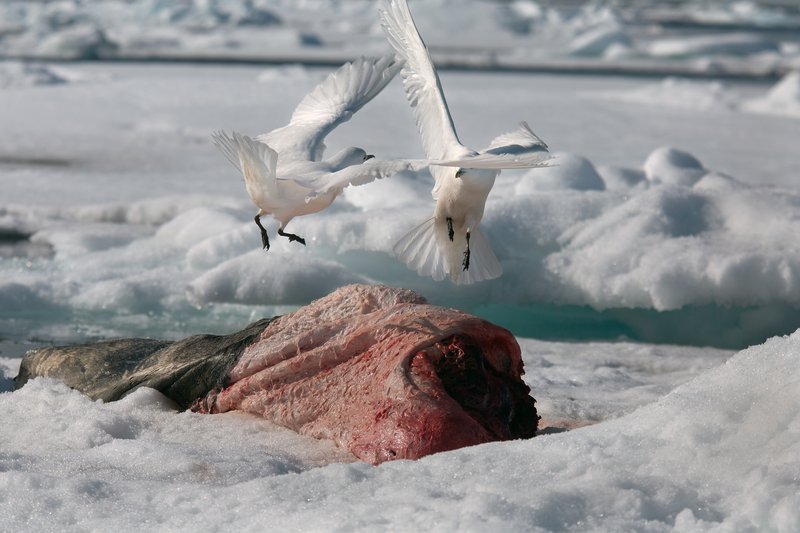Glaucous Gull, Svalbard
The Glaucous Gull is one of the largest gulls breeding in the Arctic and the only dedicated avian predator in Svalbard. It has a circumpolar, high arctic, breeding distribution and at least 1,000 pairs breed on Bjørnøya, the largest colony in Svalbard. They often breed in or close to bird colonies and specialize in preying upon eggs, chicks and adult birds of other seabird species. They eat fish, mussels, crustaceans, eggs, chicks and even adult Kittiwakes, Brünich’s Guillemots and Little Auks.
Fire and Ice
I grew up in Chicago, spent two and a half years living in Minnesota and have photographed in Svalbard (78° north latitude), Kaktovik, AK (70° north latitude), Iceland (64° north latitude) and Lapland (66° north latitude). The Arctic Polar Circle is located at 66.6° north latitude, so I’ve been cold a lot. I now live in the Sonoran Desert with a closet full of insulated boots, HotHands hand and foot warmers, long johns, scarves and Carhartt Extreme Insulated Coveralls. I don’t really like cold weather and it’s not healthy for my asthma. But I do like frozen waterfalls, polar bears, the aurora borealis, glaciers and icebergs. Since I am a senior citizen, it is easy for me to forget things, like how much I hate being really, really cold. So, about once a year, I get excited about going someplace freezing cold or colder and commit to some photo shoot or another.
It’s often not until I begin packing that I realize what a bad idea it was. But, by then, it’s too late and off I go. I used to be able to get Cynny to come along, but she got too smart for that a long time ago and now plans a girls get-together or a trip to visit family or just a week or two binge-eating Mexican and Indian food that don’t agree with me and tells me to call if I find a place with phone service.
Since I like to lead a balanced life, I also find beauty at the other end of the spectrum, especially photographing lava, the hottest natural thing on Earth, with a temperature of about 2,140° F. I particularly enjoy the spectacle when lava reaches the ocean. The interaction between lava and water creates a hazardous mix of hydrochloric acid, steam and volcanic glass particles that creates a scene easily mistaken for hell on earth.
As with many things, it is the extremes of nature that are often most interesting visually.
